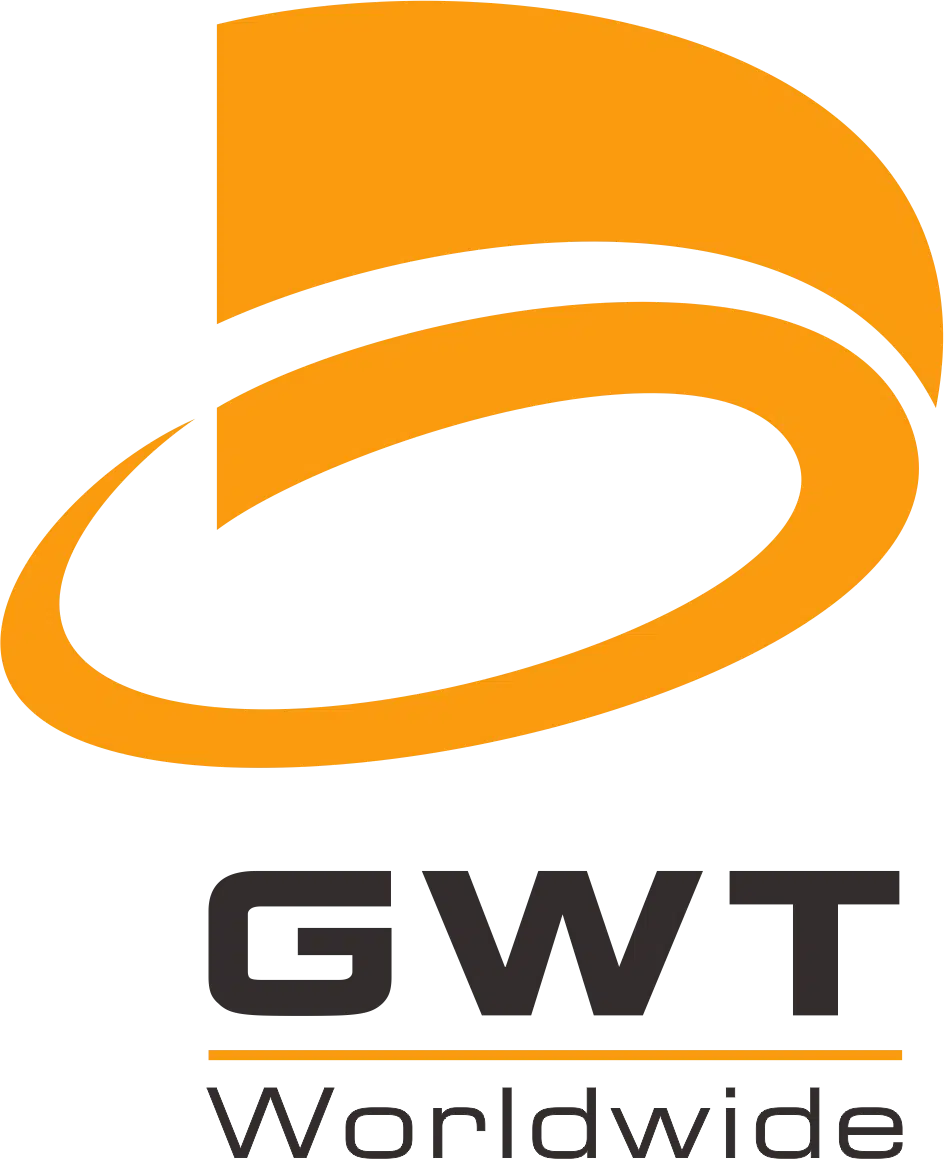Businesses that import from Japan have the chance to earn well, however, they must make sure they understand the rules of import fees, including the applicable tariff . Having a good understanding of what you will pay can keep you from facing losses whether you are a small business or a big importer. The guide covers every detail of import fees from Japan, which helps you handle the costs and organize the best import plan.
GWT Worldwide International freight-forwarding company is based in Shenzhen, China and provides solutions for shipment of goods around the world, supply chain solutions, and logistics for e-commerce cross-border business. Because of our expertise in Air Freight & Sea Freight, China–Europe Railway Transport, International Express & Courier Solutions, Customs Clearance & Warehousing, and Amazon FBA Shipping & Labeling Support, your goods are handled safely, efficiently, and properly to their new location.
Understanding the Basics of Import Fees from Japan
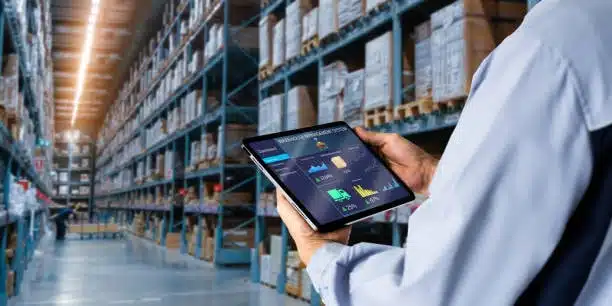
Various charges for import fees from Japan happen during the steps of shipping and customs clearance. These fees do not work like basic taxes; they consist of several charges, including freight rates, that can have a big impact on your goods’ cost. Since involvement in the process comes from freight forwarders, customs authorities, shipping companies, and many other service providers, it adds to its complexity.
The way your goods are categorized according to the Harmonized System (HS) codes Tells you how much duty you will owe. Among the things Japan exports are electronics, cars, clothing, and foods, and every product has its own fees. Having this knowledge enables importers to plan their budget well and avoid plans being affected by unexpected bills.
Depending on your country and trade conditions, as well as the shipping way, the charges for import fees may be higher or lower. The preferences for tariffs or standard rates that apply to your shipment will be mostly based on the current connection between Japan and your importing country.
Types of Import Duties and Tariffs
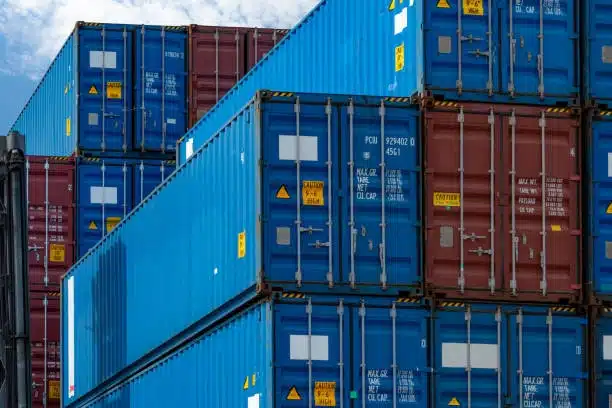
When importing from Japan, the greatest part of the fees are import duties. These government taxes depend on the value of the goods mentioned on the forms and can change a lot depending on what is being shipped. The majority of countries use ad valorem duties, which are percentage charges on the value of the goods, yet some are taxed by how many units or how much weight they have, contributing to the overall shipping cost .
Japanese imports are subject to tariffs that differ, depending on the importing country’s policies, the existence of trade agreements, and the class of goods. For example, the United States-Japan Trade Agreement allows Japanese products to be treated preferentially, so their duty charges could be less than the normal MFN charges.
If certain goods from Japan are sold for less than their fair market value, the importing country may apply anti-dumping duties to them. Such extra tasks may result in bigger import expenses and need consumers to observe regular changes in trade policies. Some nations have put in place countervailing duties to match subsidies from Japan’s government to specific industries.
Preferential tax rates can be found on many Japanese goods traded as a result of several trade agreements and preference schemes. GSP and direct trade deals can greatly lowers import duty rates, so importers have to be aware and make the best use of those helpers to cut costs.
Customs Clearance Charges and Documentation Fees

A shipment can only be imported after going through customs clearance, during which you will be required to pay essential fees. Typically, the charges have to do with customs, and they consist of inspection, processing, and handling procedures performed by the authorities. Even though the cost of customs clearance fees can differ among countries, most areas charge the same processing fees for any shipment.
It is necessary to provide commercial invoices, packing lists, bills of lading or airway bills, certificates of origin, and several permits when importing from Japan, depending on the type of product. Every document might require fees, and if anything is missing or inaccurate in your documents, you might be asked to pay more for Editing.
Customs brokers usually take care of the formalities for importers and receive fees that can be fixed or computed based on the value of the import products. If you use these services, it will be easier to meet the requirements, although it will also increase the total expense of the deal.
These filing systems charge access fees and might also charge for each adjustment to the original declaration made. Being aware of the costs involved in digital processing makes it easier for importers to plan their expenses for using current customs technology.
Freight and Shipping Costs from Japan
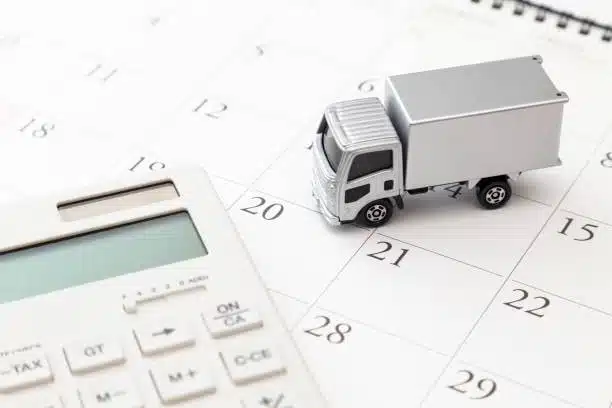
Shipping freight makes up a large part of import expenses and can change a lot depending on the way goods are shipped, the route they take, and the service used. If you are moving a big quantity by water, then sea freight out of Japan is the cheapest option, but its rates depend on container size, route, and changes in demand throughout the year. Many major global places are reached through ports such as Tokyo, Yokohama, Osaka, and Kobe, which have regular ship schedules.
Using air freight increases the speed of shipments, but it also costs much more, which makes it fit for specific products or consignments. Japanese airports like Narita, Haneda, and Kansai International Airport have broad cargo facilities and flights to international destinations on a regular basis. The cost of air freight depends on which of the actual weight or the volumetric weight is bigger.
Taking advantage of express courier companies like DHL, FedEx, and UPS ensures your package will be delivered to any address, and they will deal with customs, but at higher prices. Some express or courier services are useful for sending small packages fast, but when the quantities are bigger, they get more expensive.
Also included in freight costs are charges such as fuel adjustments, fees for security, fees for peak season, and changes due to currency. Such charges may lead to considerable changes in final shipping expenses and must be checked regularly since they are influenced by both the market and internal reasons.
Insurance and Risk Management Costs
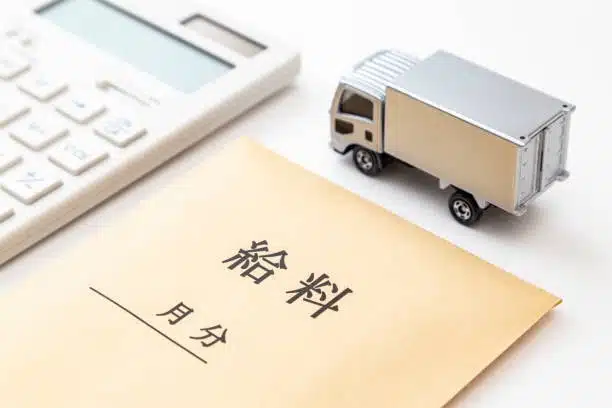
Import companies should not ignore cargo insurance because it provides protection for products being shipped. The amount you pay for insurance represents between 0.1% and 2% of your cargo’s value based on its nature, the way it is shipped, and your choice of coverage. Due to higher risks, items such as pricey electronics and fragile pieces usually call for paying more for insurance.
All risks are covered under comprehensive coverage, but you’ll have to pay a much greater premium than for named perils insurance that protects against only certain events. Learning the differences allows businesses to pick the best amount of coverage while keeping costs at an acceptable level.
When you take marine insurance for sea freight, you are also covered in the event of vessel sinking, collision, fire, and general average contributions. Air shipping insurance is used to handle the risks that can happen while shipping by air, for example, accidents involving airplanes, dangerous weather, and issues when handling items at airports.
Even though Japan is stable, war risk and strikes coverage is required for shipments traveling through politically unstable countries. But having routes and stops in transit may require you to have more insurance.
Warehousing and Storage Fees
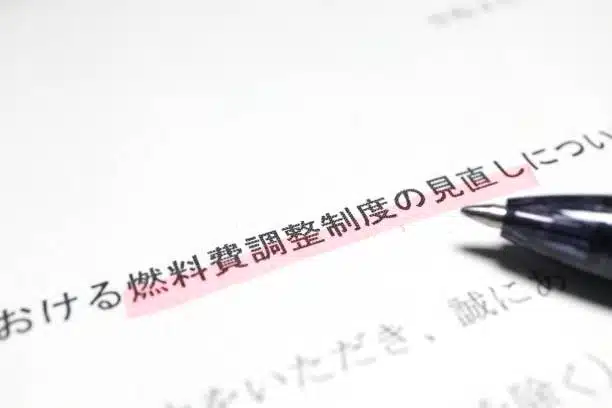
Warehousing fees in Japan and at the ports increase fast, mostly for products that need to be stored for a longer time. Prices in Japanese warehouses depend on the size occupied and the amount of time needed, but there is a huge difference between metropolitan Tokyo and local areas.
With consolidation, small importers ship items together and reduce costs per item, but they usually have to store their cargo in a warehouse at first until there’s enough to send in a single shipment. Such businesses really benefit from these services since they can’t fill a full container with their goods.
You will be charged extra port storage fees if your containers are left at the port for more than the allocated free time, which might be between 3 and 7 days. The costs of demurrage and detention increase fast, which is why taking care of logistics is very important to help control costs.
Paying extra fees for temperature-controlled storage for products or electronics is worth it since it preserves their quality and proper function. It is necessary for importers dealing with these products to know about the special storage demands and their costs.
Inspection and Certification Costs
How a product is checked and certified depends on the rules in the importing nation and the items being delivered. Most Japanese products have high quality, but they still might be checked by foreign countries to meet their regulations.
To import foods, medicines, and medical devices to the US, the FDA can require companies to pay considerable inspection and registration fees. Such costs are normally paid only once, although they may have to be renewed sometimes as products or rules change.
If you want your electrical or electronic goods to sell in the USA or Europe, you may have to get them certified by FCC or CE respectively. Depending on the product and required testing, the costs of testing and certification can go from several hundred to several thousand dollars per line.
Checking cars that are being imported involves tough tests, and can cost tens of thousands of dollars to complete crash and emissions tests as well as ensure safety coding is followed. Early recognition of these requirements matters a lot when making a correct cost estimate for imports.
Currency Exchange and Banking Fees
Many businesses do not notice that currency conversion can be a big expense when importing. Because the exchange rate between the Japanese yen and your local currency keeps changing, this gives importers both advantages and risks. Managing your currency exposure can be done through some strategies or by choosing when to sell your products.
Further costs are added by foreign currency fees for international wire transfers, letters of credit, and documentary collections while importing border protection. Most of the time, both the sender and receiver pay fees, the amount of which differ depending on the transfer’s size and who is sending or receiving money.
The security of both buying and selling parties is assured by letters of credit, however, they do charge the issuer, the confirming bank, and the processing bank. Most businesses use these instruments for large dealings or dealing with new suppliers japan post, but they should calculate their associated costs when adding up all import expenses.
The time you make payments could affect how much you pay in the form of interest or early payment benefits. You can lower your costs in Japan by paying in time, since delayed payment usually triggers more expenses or can harm your partnership in the future shipping times.
Technology and Digital Processing Fees
Digital technology and electronically handled document systems in today’s export-import procedures usually result in certain fees. Usually, customs declarations carried out on EDI systems can be charged per transaction or by a monthly fee.
A range of countries requires charges for electronic filing of customs documents in their Automated Customs Environment (ACE) informal entry. Even though these technological solutions makes importing easier and quicker, they also contribute to the expense of doing it formal entry.
Track and trace services delivered by logistics companies provide clear information on your delivery, but you may have to pay additional costs. Such systems are most useful when you need to ship goods urgently or need to watch high-value items closely full container load.
Running bills of lading, certificates of origin, and other trade documents online is now generally used around the world in trade duty rate. The positive side is that these systems make things more efficient and faster, but they usually are paid for by monthly fees or subscriptions preferential rate.
Special Handling and Service Charges

Some products need special care when they are being transported and when custom clearance is done, which results in extra fees. Cargoes containing hazardous items have to be handled according to strict laws and are always shipped using special containers, paperwork, and handling methods that cost more importing goods.
When items are over the usual size, they will be charged dimensional weight for air shipping and extra equipment fees for sea shipping formal entries. There might also be licensing obligations or extraordinary routing plans that will result in extra expenses trading partner.
Pharmaceuticals, food products, and sensitive electronics must be kept at a specific temperature, so their transportation needs supervised equipment and constant checking customs broker. Because cold chain involves unique handling, it is usually two to three times pricier than ordinary shipping yet necessary to secure product quality tariff rate.
When using white glove delivery for expensive or breakable items, they will offer careful packing, delivery inside your home, and sometimes install your items too. Even though these brands are costly, they are needed in certain product areas to make sure customers are happy and fewer claims are made purchase price.
Regional Variations in Import Costs

The amount you pay for imports from Japan will depend on your location and the current relationship with Japan from your part of the world. Importers in North America enjoy the lower duty rates on some products offered by the USMCA and by certain bilateral trade agreements local post office.
The Japan-EU Economic Partnership Agreement, which the EU has with Japan, allows their traders to buy goods without paying many tariffs and gives preferential status to Japanese products. Understanding such trade agreements may help people purchase qualified products at a significant discount ocean freight.
Doing so has become possible for any developing country that receives advantages in several development programs with Japan. Eligible countries and products may experience important reductions in import costs because of the Generalized System of Preferences (GSP) and associated programs customs duties.
Shipping to leading cities is cheaper and comes with more frequent service due to the influence of geography. How organized and well built the ports are at the tour’s destination impacts the length of the journey and the related costs.
Cost Optimization Strategies for Japanese Imports
Experienced importers use different techniques to reduce their expenses and still keep high standards and follow rules. With consolidation, small importers have a chance to save money on freight fees since their shipments are combined with others, but this means they need some flexibility in their schedules and what they have in stock international postal service.
Most of the time, long-term deals with these organizations allow you to receive rates and prices that deviate less over time if your cargo volume is consistent. Such ties are especially important when there is high demand for space and shipping costs go up.
Using the right classification and preference programs can help reduce costs during Customs check. To make use of these possibilities, having experienced customs brokers knowledgeable about classification and open programs is very important.
Trying to keep the balance between carrying and freight costs can result in fewer total landed costs. When a business chooses larger and less frequent shipments, freight expenses are usually cheaper, but it also results in spending more on managing stock and funds los angeles international airport
.
Conclusion
The fees you get from Japan regarding imports are not just tariffs and duties; they also cover several other types of charges. It is important for successful importers to consider the costs of freight, customs duty, insurance, warehousing, inspections, and other charges that may have a major effect on profits. The main way to handle these costs is to create detailed plans, use any trade benefits, and develop partnerships with veterans in the logistics industry, who understand Japan’s trade rules pay customs duty.
